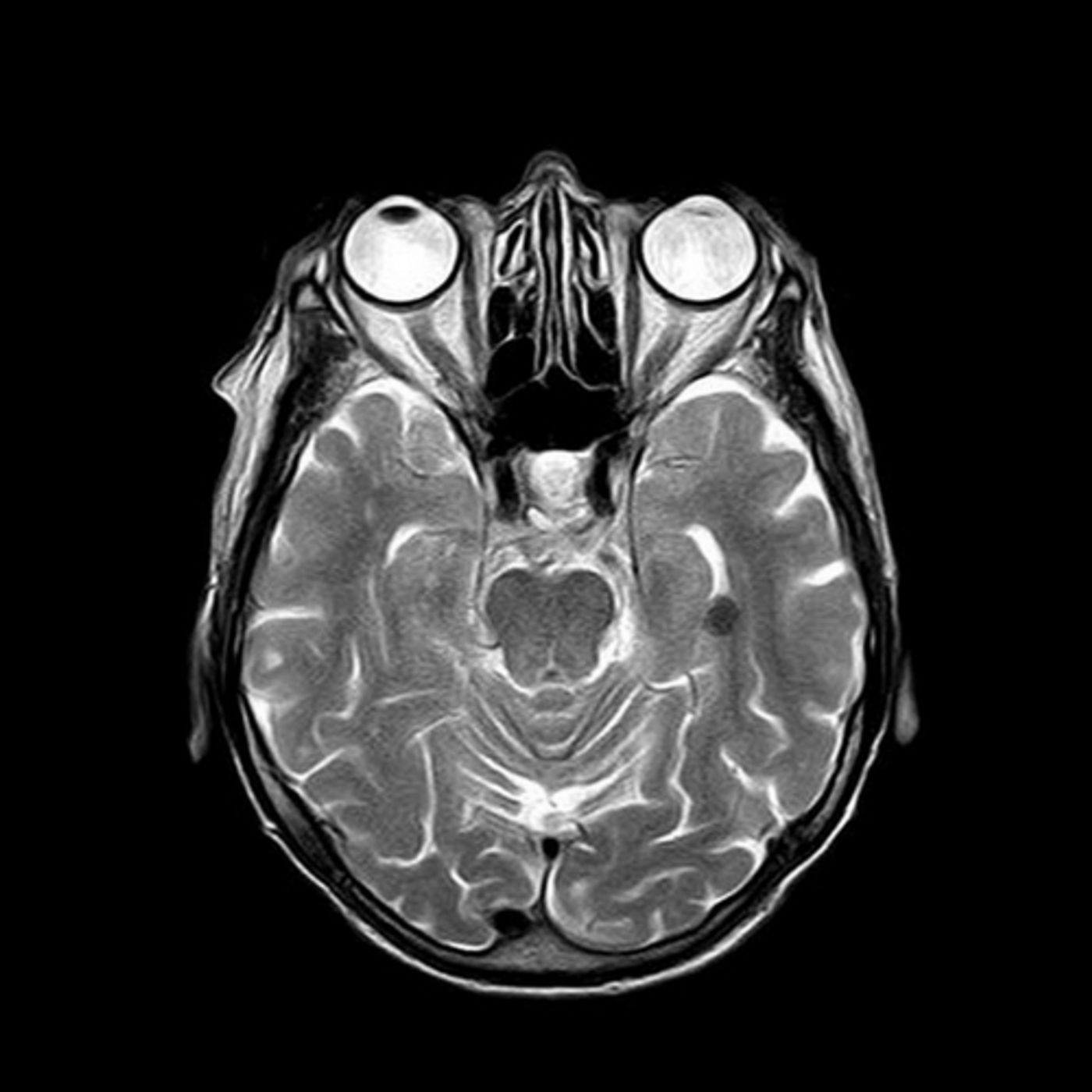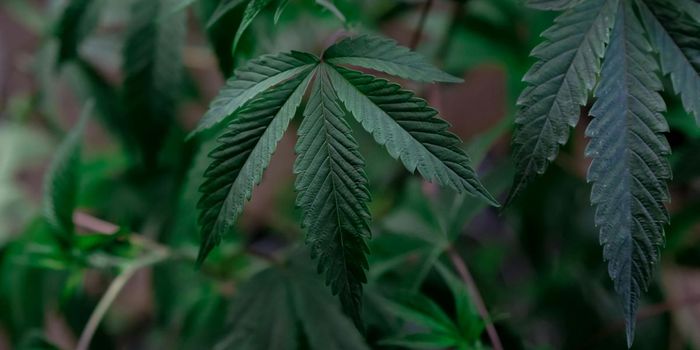A stroke is a severe medical event that impacts brain function because the supply of oxygen is cut off during a stroke. The most common kind of stroke is an ischemic stroke, accounting for more than 80% of strokes each year. In an ischemic stroke, a blood clot develops, sometimes in the legs, lungs or heart and can break off and travel to the brain. In a hemorrhagic stroke, a blood vessel in the brain bursts and blood fills the skull, which also cuts off the oxygen supply.
In the United States, about 795,000 people have a stroke each year, and 185,000 of those strokes are repeat attacks. Stroke is the third leading cause of death in the US and the leading cause of serious long-term disability. Having a stroke can leave a person with significant impairments in movement, cognitive ability, and speech. Factors like smoking, atrial fibrillation and hypertension can increase the risk of having a stroke.
While many people have heard that brain tissue, once gone, can never be regained, new research suggests that might not be the case. A new stroke-healing gel created by a team of scientists at UCLA shows promising results in a mouse model study. Dr. S. Thomas Carmichael, professor of neurology at the David Geffen School of Medicine at UCLA explained, "We tested this in laboratory mice to determine if it would repair the brain and lead to recovery in a model of stroke. The study indicated that new brain tissue can be regenerated in what was previously just an inactive brain scar after stroke."
While it's a long way from being developed for use in humans, the results are encouraging. Many organs can regenerate after injury, for instance, if the liver is lacerated or injured, it can grow new blood vessels and tissue, but the brain does not have this natural ability. Skin grows back as well, but when a part of the brain is cut off from the oxygen-rich blood supply, the tissue simply dies. It's eventually reabsorbed, but it leaves a crater-like cavity in the brain that doesn't have blood vessels, axons or neurons. Without oxygen or a way for cells to transmit signals, the area of the brain affected ceases to function.
The team at UCLA which included Tatiana Segura, a former professor of chemical and biomolecular engineering at the university (she is now at Duke University), developed a water-based gel that is injected into the cavity left by a stroke. The goal was to see if the gel could jump-start nearby healthy tissue to grow into the cavity. In the research, the gel thickened when applied to the brains of the mice and formed a bio-scaffolding. The gel contained medications that foster blood vessel growth and also inhibit inflammation. When the brain is injured, inflammation can cause scar tissue to form and once that happens new vessels and cells cannot grow.
At the end of 16 weeks of the gel placement, the stroke cavities showed regenerated brain tissue, including cell connections of new neurons. The mice also showed an improved ability to seek food, which is an indicator of motor function, but the study could not prove definitively what mechanism caused the improvement. The gel gets absorbed by the body eventually, and all that is left behind is new tissue. Segura explained, "The new axons could actually be working. Or the new tissue could be improving the performance of the surrounding, unharmed brain tissue." Check out the first half the video below to learn more about this development.
Sources: CDC, Nature Materials, UCLA









